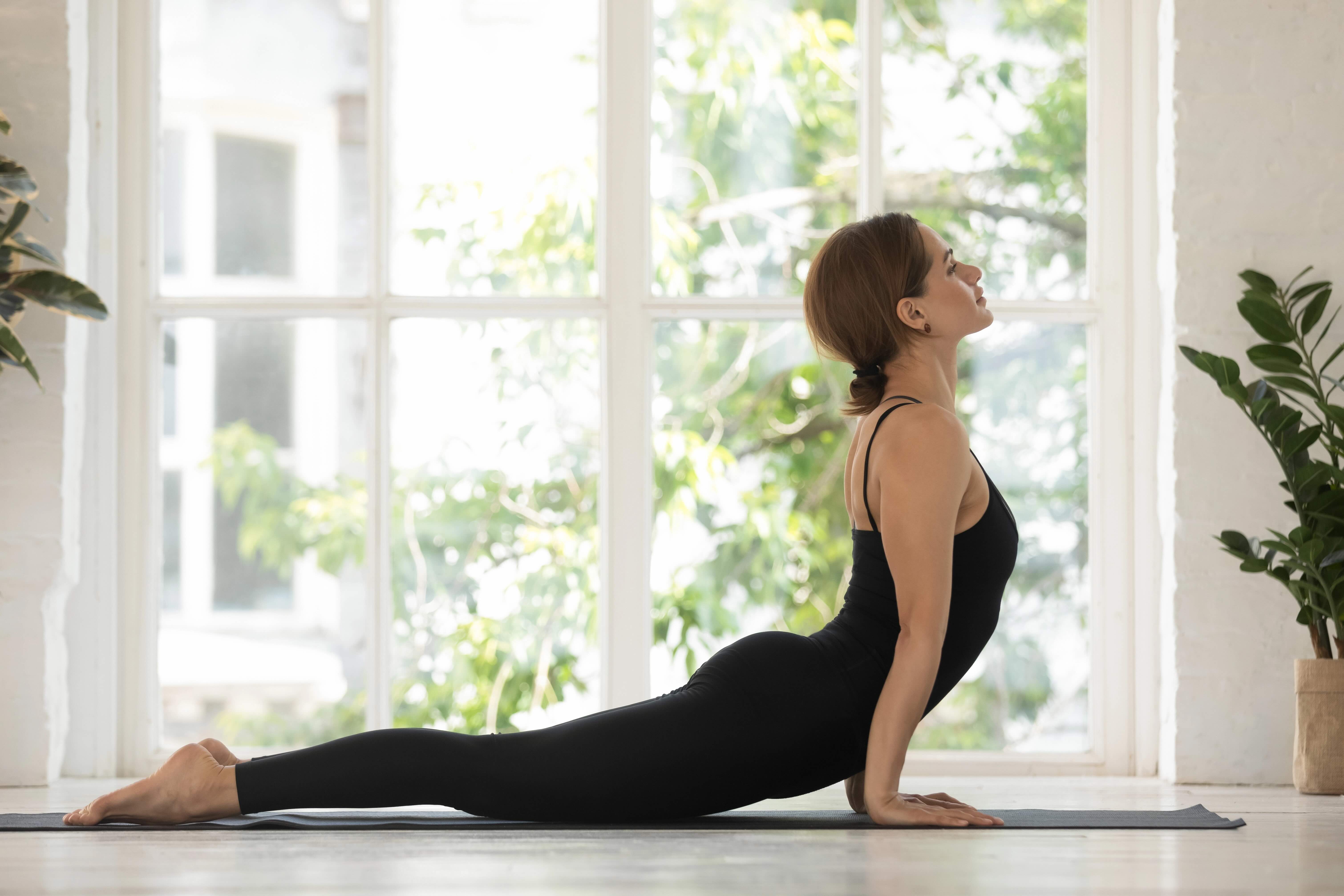
Vinyasa yoga is one of the most popular and widely practiced forms of yoga today, offering a unique blend of fluid movement and mindful breathing. Known for its dynamic flow and diversity, Vinyasa yoga appeals to a broad range of people, from beginners to advanced practitioners.
Understanding Vinyasa yoga
The word “Vinyasa” is derived from the Sanskrit term meaning “to place in a special way.” In the context of yoga, it refers to the intentional sequence of poses that flow seamlessly from one to the next, each movement synchronized with the breath. Unlike other yoga styles, such as Hatha yoga, where poses are held for a longer time, Vinyasa emphasizes continuous movement. The flow of poses is fluid and dynamic, creating a dance-like practice.
At its core, it links breath with movement, creating a meditative, yet physically challenging, experience. Each movement is carefully coordinated with an inhale or exhale, creating a sense of flow and balance in the body and mind.
Key components of Vinyasa yoga
Breath-synchronized movement: The hallmark of this yoga practice is the synchronization of breath and movement. Every movement in is tied to the breath, with inhalations leading to upward or expansive movements, and exhalations guiding downward or contracting movements. This creates a natural rhythm that helps practitioners focus on the present moment.
Flowing transitions: In Vinyasa yoga, the transitions between poses are just as important as the poses themselves. Instead of static postures, the practice encourages a continuous flow from one pose to the next. This fluidity helps build stamina, strength, and flexibility, while also fostering mindfulness.
Diverse sequences: Unlike some other yoga styles that follow a set sequence of poses, Vinyasa yoga offers a great deal of variety. No two classes are exactly the same, which keeps the practice interesting and engaging. Teachers often create their own unique sequences, blending standing poses, backbends, inversions, and more to challenge the body and mind.
Sun Salutations: One of the most common sequences in Vinyasa yoga is the Sun Salutation (Surya Namaskar). This series of poses warms up the body and serves as the foundation for many Vinyasa flows. Sun Salutations involve a combination of forward folds, upward stretches, and downward-facing poses, with breath leading the way.
The benefits of Vinyasa yoga
Vinyasa yoga offers a wide range of physical, mental, and emotional benefits. Here are some of the key advantages of incorporating Vinyasa into your yoga practice:
Improves flexibility and strength: The continuous flow of poses stretches and strengthens muscles throughout the body. Over time, this can lead to increased flexibility, improved posture, and a greater range of motion.
Cardiovascular health: Vinyasa yoga can be physically demanding, especially during faster-paced sequences. The constant movement and transitions elevate the heart rate, providing a cardio workout that can improve cardiovascular health.
Enhances mindfulness: By synchronizing breath and movement, this yoga practice encourages practitioners to stay present and focused. This meditative aspect helps quiet the mind and reduce stress, creating a sense of inner calm and balance.
Boosts mental clarity and concentration: The mindful nature of Vinyasa yoga promotes mental clarity and focus. As you flow through the poses, you learn to concentrate on your breath and movements, which can translate into greater focus and mental sharpness off the mat.
Stress relief: Like many forms of yoga, Vinyasa is an excellent way to reduce stress and tension. The rhythmic flow of poses, combined with deep, controlled breathing, helps activate the parasympathetic nervous system, which is responsible for relaxation and recovery.
Builds endurance and balance: Vinyasa yoga challenges both physical and mental endurance. The continuous flow of poses requires stamina and core strength, while balancing poses help improve coordination and stability.
What to expect in a class
A typical class begins with a few moments of centering, often focusing on breath awareness to help prepare for the practice. The class usually starts with gentle warm-ups, leading into more dynamic sequences, such as Sun Salutations, before moving into standing poses, twists, backbends, and balancing postures.
The pace of a class can vary depending on the teacher and the level of the class. Some classes are slow and meditative, while others are fast-paced and physically challenging. No matter the pace, however, the key focus is always on linking breath with movement.
The class typically ends with cool-down stretches and a relaxation pose, known as Savasana, where you lie on your back and allow the body and mind to fully relax.
Is Vinyasa yoga right for you?
Vinyasa yoga is a versatile practice that can be adapted for all levels of fitness and experience. Whether you are new to yoga or an experienced practitioner, Vinyasa offers something for everyone. Its emphasis on fluid movement and mindful breathing makes it an excellent choice for those looking to improve their physical fitness, reduce stress, and cultivate mindfulness.
Book a yoga class!
We offer private and public yoga classes ranging from 30 to 60 minutes — all skill levels are welcome!
